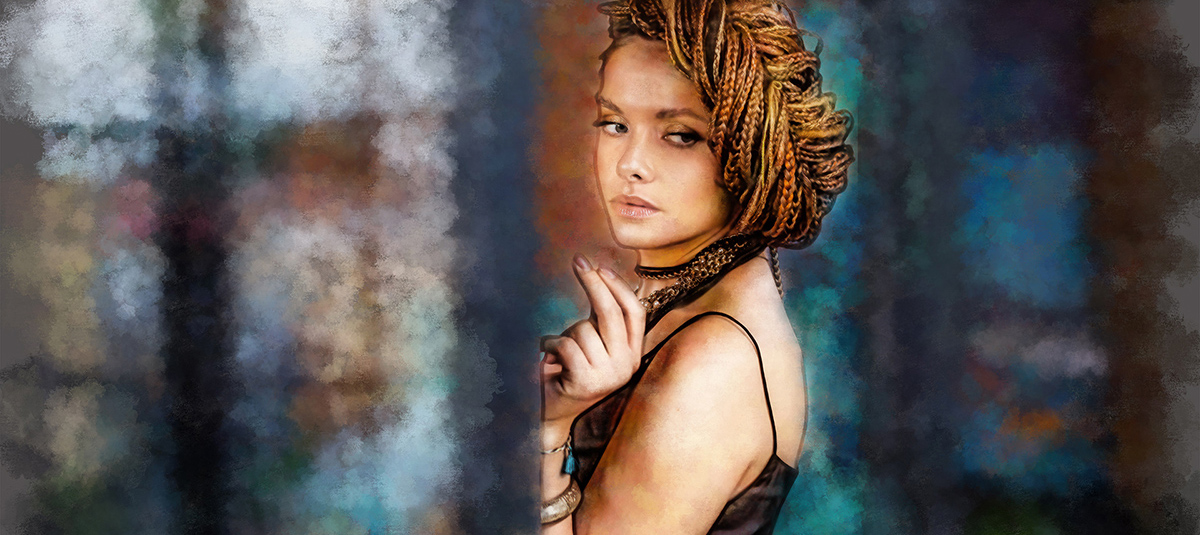
When pixels become artworks
"People either loved or hated my art"
John Stevenson is an engineer by profession, but he discovered his passion for photography as a teenager. A few years ago, he was able to turn his hobby into a profession. His second hobbyhorse is digital art, which he has dedicated himself to since 1999. Today he talks to us about the development of his first Photoshop plugin Trulyscene Artbox, which we developed together with him.
PI: Hi John, thanks for taking the time to share a bit of background on Trulyscene Artbox. You've been in the Photoshop universe for a long time. How old were you when you discovered your passion for photography?
John: I bought my first camera when I was 13 and haven't let it out of my hands since. I still remember one of my first photos, my cousin recently posted it on Facebook. It's a beautiful memory. I grew up in the UK during the baby boomer era. Schools were completely overcrowded back then, 48 kids in a class was the norm. As the youngest in the class, I had a very hard time and I would have gladly dropped out of school at 16. A photographer and acquaintance of my family opened a photo studio in our town at that time. He knew of my passion for photography and offered me a training position in his studio.
PI: However, you become an electrical engineer, how did that come about?
John: I liked the man very much, he showed me how to develop photos in the darkroom and print them with an enlarger. But my parents and teachers were shocked. I had just improved in school and they were absolutely against education. So I went to university at 18 instead of starting work at 16. I wasn't brave enough to push through and so photography remained just a hobby for a long time. After graduating in chemistry, I got a scholarship for post graduate studies and did another degree in electrical engineering. I lived in London and worked for a company that would later become British Telekom. This was the late 60s early 70s and the time was fantastic, just everything happening in London. For example, I was at the famous Rolling Stones concert in Hyde Park, it was just exciting.
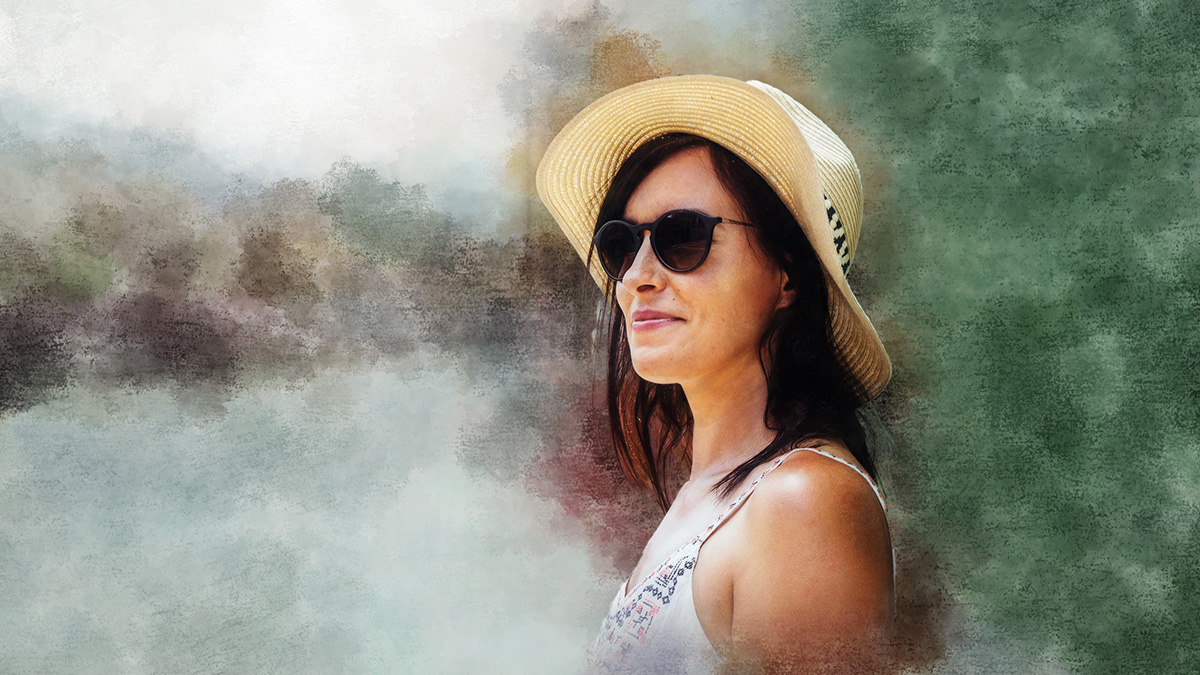
PI: You don't seem to have any regrets! You now live in the USA, when did you leave London?
John: I had to go to the USA for a year on business in 1979 and after two or three months I realized I didn't want to go back, so I've been living there ever since. I lived in Washington DC for a long time. But since 2003 I have settled with my wife's family in Colorado. The landscape and the light here are just incredible.
PI: In Washington DC you also had your first exhibition, one of the first with Photoshop art in the world. How did you get into this subject?
John: In 1992 I bought my first PC. My daughter, who was visiting at the time, was completely shocked and couldn't understand what I wanted to do with such a thing at home. Over the summer we took a lot of pictures and she asked if I could edit them on the computer. I actually got right into Photo Composits and got pretty good at it. The arrival of Windows 95 with a full graphical screen was a big breakthrough for me. Because now I could also use Photoshop, which until then was only possible for Mac users. I remember buying Windows 95 and Photoshop at lunchtime in downtown Washington DC, it was quite a bit of money. So in 1999 I exhibited prints of my photo composites for the first time.
PI: How was your art accepted?
John: It was strange, people either loved or hated my art. I had presented my pictures to other galleries before and no one wanted to show them. They said this is not photography and not art, this is just computer stuff.
PI: How did you convince this gallery of your work?
John: Some said it's not art, it's just computer generated and the people who loved it thought it was exciting and different and that I should keep going. I think the gallery was part of the side that encouraged me.
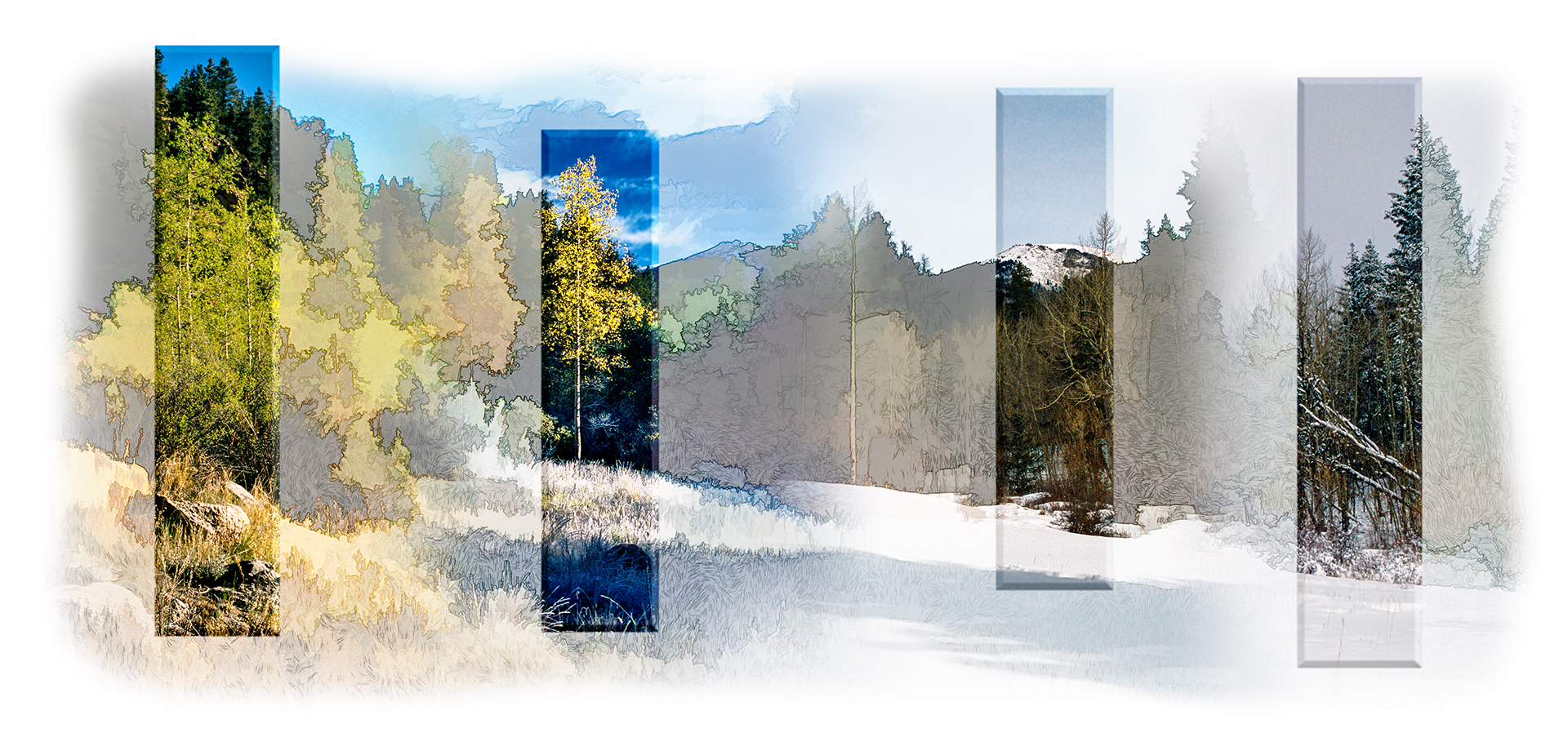
PI: What was your approach then?
John: I was still shooting on film for a long time. It was the easiest way, if you wanted to digitally process your analog images, to have them on CD. On a family trip I had the opportunity to visit one of the best labs in the country at the time. There they explained and showed me the whole process, which was very interesting to me because for many years that's how I worked to be able to edit my images in Photoshop.
PI: So why did you decide to shoot digitally?
John: When we moved to Colorado, I got an offer to work in a gallery and art studio. That was the moment when I dedicated myself to photography full-time. I was paid to photograph the work of the artists who painted and drew there. I had built a small studio setup with lights as well as tripods. There I photographed their art. It was much easier and more convenient to work with digital images. I shot their stuff and then just handed them a file afterwards. That's how I switched from analog to digital.
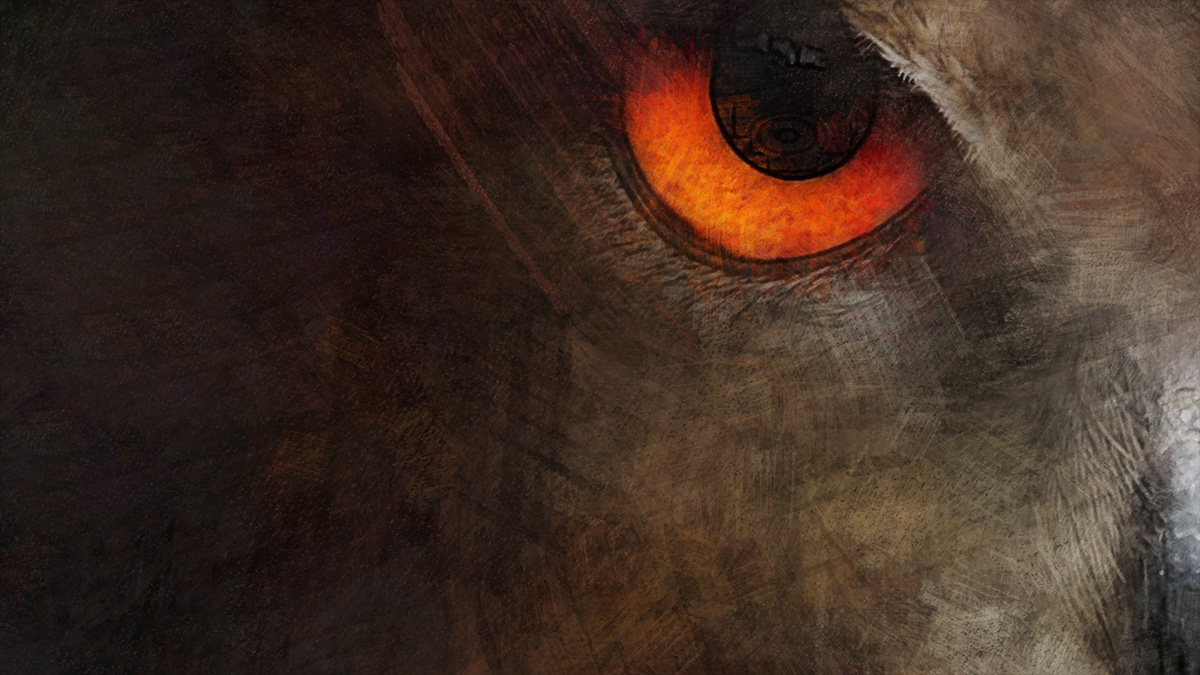
PI: Has this changed the artists' work?
John: For some artists I then started to create prints. They delivered their pictures to me in the morning and received the fine art prints from me in the evening. So they had the opportunity to bring their art to a wider audience through the sale of the prints.
PI: Didn't this often lead to discussions, surely there were deviations from the original?
John: I had an Epson wide format printer and most people were happy with the results. However, there were certainly discussions about the fact that the green in the print does not correspond to the original tone. But unlike the artists, I only had black, yellow, cyan and magenta available, so deviations are unfortunately unavoidable. Once I was really frustrated because a customer didn't want to see that and insisted that the colors didn't match. So I decided to optimize the image in Photoshop. The next time we met, she was blown away by the result. She said if I could have painted it the way I see it now, I would have done it that way.
PI: Great compliment!
John: Yes, but that's the power of Photoshop, isn't it? You have so many options and if you don't like it, you can just change it back.
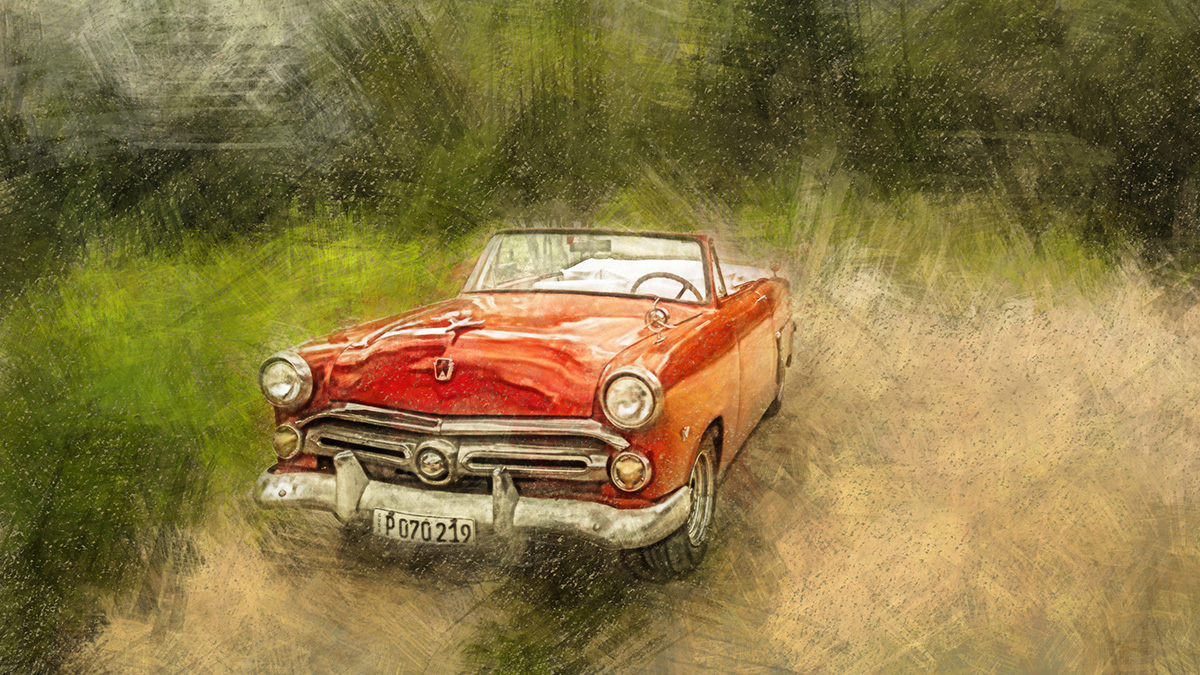
PI: You've been heavily involved with Photoshop for many years, how did your interest in the developer side come about?
John: My first contact with software development was through a small company near Cambridge. In 2005 they produced plugins for Photoshop and wanted to make the jump to a standalone software. I was there to test the software and write the manual. It was a very ambitious project that would have required a large investment, so the founders decided to focus on their real careers again. So I was able to gain the first experience. From 2010 to 2013 I was also involved in another project, here a Hungarian company wanted to develop a plugin from a standalone program for Photoshop. So again I tested a lot and made suggestions for improvement. But also this company unfortunately ran out of money and the project could not be implemented.
PI: What happened next?
John: At that time, the Clinton Foundation started a project to improve the agricultural situation in South Africa and Malawi. I became part of the team and worked every day in Photoshop, mapping the land in Malawi in southern Africa. With the onset of the Covid pandemic, my job at the Clinton Foundation had expired, we were on lockdown, and I had a lot of time to work extensively with Photoshop. I was experimenting a lot with brushes and actions and had the idea to integrate them into a plugin. So I reactivated my old Adobe contacts and was invited to a UXP workshop. I was looking for someone who could convert my Photoshop actions into UXP code. Your presentation there really impressed me. It then quickly became clear that we want to develop my plugin together.
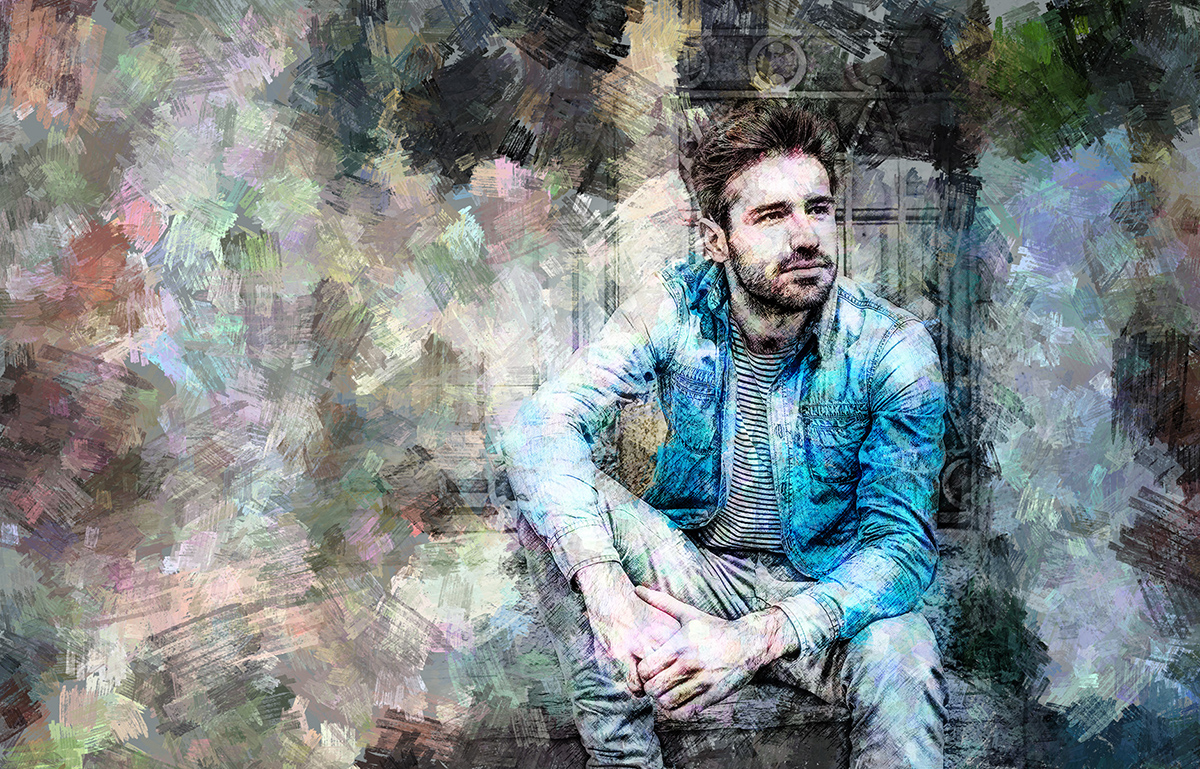
PI: People have been experimenting with digital painting for as long as Photoshop has existed. What is special about the Trulyscene Artbox?
John: I just felt that not all the possibilities were really being exploited. I wanted an easy-to-use tool that integrates seamlessly with Photoshop, so that my complicated Photoshop actions run in the background and you get a great result with just a few clicks. My goal is not to make the result look like a painting. A photo by itself has infinite possibilities, if I go out today, take my camera and take a photo and go out tomorrow at the same time, the photo will look different. The composition would be different, the light would be different, so there are an infinite number of possibilities on the input side and on the output side it's the same. I want the result to look impressionistic, I want it to look like it's a little hint that it's no longer completely photographic. A photograph has these bold colors and the sharp subject and so on, and with the help of Trulyscene Artbox, it gives that artistic side. I can change the colors, diffuse the background, highlight parts of the subject, etc. So there's an infinite number of results here as well. That's sort of the philosophy of it all.
PI: How is your plugin structured?
John: It was important to me to develop a tool that you can work with quickly and create great images even as a layman. You just need to know how to access the plugins, like in Photoshop. Once you open the plugin, it will guide you through the process in four steps to the final result. If you know Photoshop better, you still have all the options to develop the image non-destructively. You have access to all layers and can let off steam creatively.
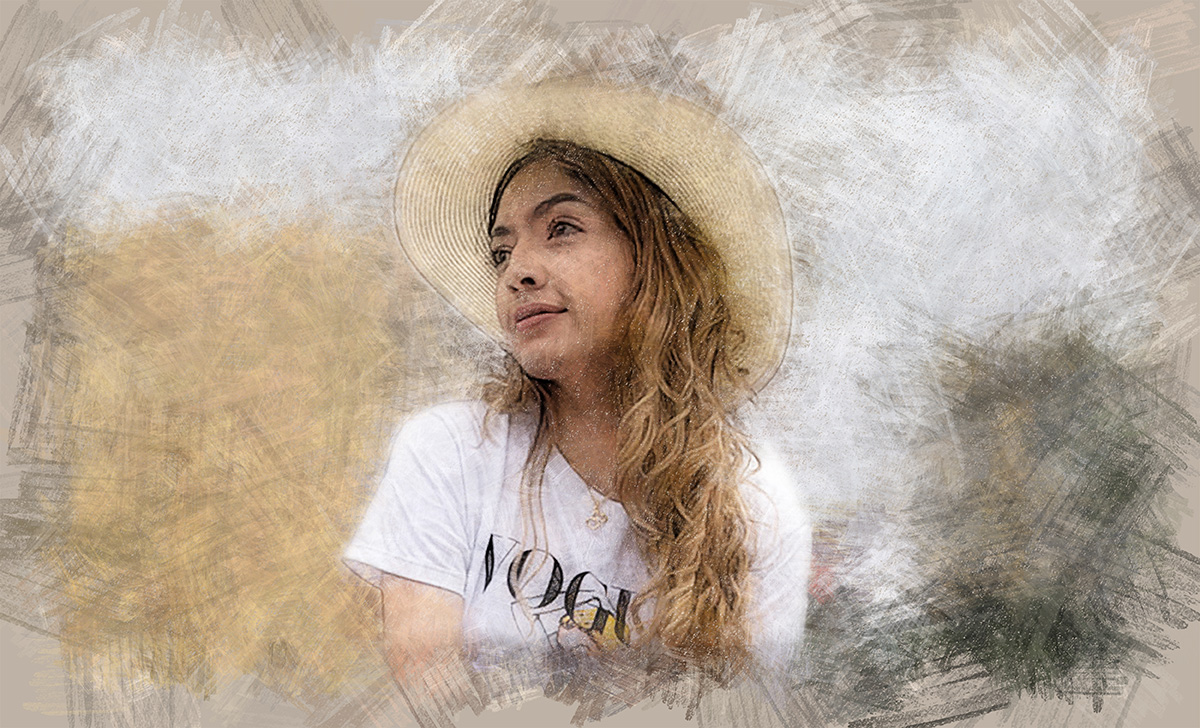
PI: What happens in the 4 steps?
John: First, you set the output size and choose a frame. The plugin then creates a working copy in which you can seamlessly continue working. Next, to set a focus point for the image, the plugin provides buttons so you have direct access to Photoshop's subject selection functions. If you want to check your mask more closely, you can also switch the view between the selection and the mask in the plugin. If everything fits and you are happy with the selection, you have to decide on an effect in step 3. For this I have chosen 4 of my own brushes, which are available in a subtle and bold variant. Once you've determined a brush, you just have to decide on one of the six different styles. But don't worry, a preview makes the decision easier. In the end, the Trulyscene Artbox gives you 48 different results from your original image.
PI: In addition to the 48 different outputs, the plugin creates individual brush strokes every time, this offers truly endless possibilities.
John: Yes, and with access to all layers, you also have a wide range of editing options to perhaps add your own unique style to the image. But most importantly, it's just fun.
PI: We have also experimented with it a lot and I can only confirm you. Even the people in our team, who have almost no idea about Photoshop, got along great after watching your video tutorial. Thanks for taking the time, we look forward to hearing from you again soon.
John: Thank you and I'm sure we'll hear from each other again soon.
PI: Great see you soon!
Do you want to be informed about new stories and plugins for Photoshop? Then sign up for the Picture Instruments newsletter
➔ Then sign up for the Picture Instruments newsletter
